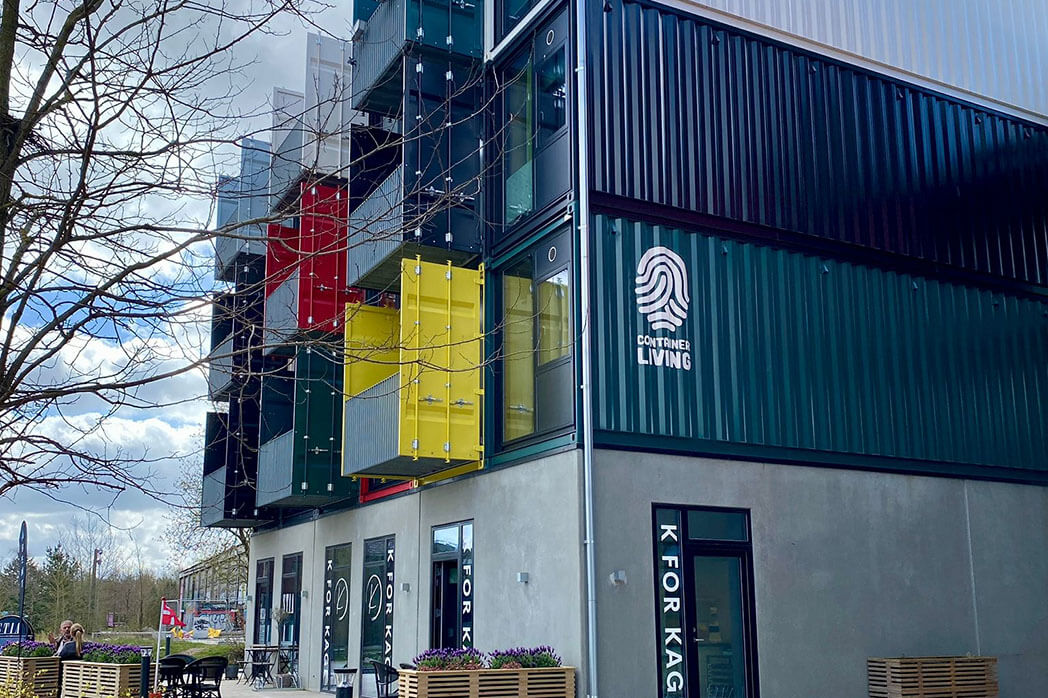28 November 2017
The strength of the Australian co-operative sector has been recognised internationally, with two founding members of the Business Council of Co-operatives and Mutuals (BCCM) listed among the world’s top 300 largest co-operatives by the World Co-operative Monitor.
“The Business Council of Co-operatives and Mutuals congratulates co-operative grain giant CBH and health mutual HCF on this achievement,” said BCCM CEO Melina Morrison.
“Two Australian co-operative and mutual enterprises (CMEs) ranking among the world’s best proves the co-operative business model is as sound, as as well as providing social value to members. Of the 2,379 international organisations which supplied data for this report, 1,436 reported turnovers over US$100 million,” said Ms Morrison.
CBH was a founding member of BCCM and is Australia’s largest co-operative, owned and controlled by around 4,200 Western Australian grain growers. The recent Australian National Mutual Economy Report ranked it first in annual turnover of Australian CMEs with $3.27 billion. Its value chain from grain storage, handling, transport, marketing and processing connect wheat producers with global markets. The co-operative structure keeps costs low and ensures profits are reinvested to serve the strategic interests of the farmers.
HCF is Australia’s largest not-for-profit health fund with 1.5 million members, and also a founding member of the BCCM. The Australian National Mutual Economy Report ranked it third in annual turnover of Australian CMEs, with $2.47 billion. HCF significantly contributes to health services research via the HCF Research Foundation and HCF Catalyst.
The World Co-operative Monitor was produced by The International Co-operative Alliance and Euricse, the European Research Institute on Cooperative and Social Enterprises. For the purpose of this research, it split the co-operatives into different sectors: insurance (41%), agriculture (30%), wholesale and retail trade (19%), banking and financial services (6%), industry and utilities (1%), health, education and social care (1%) and other services (1%).

